Waiting
by Kevin Henkes
Caldecott artist and Newbery Honor author Kevin Henkes (Kitten's First Full Moon; Olive's Ocean; The Year of Billy Miller) sees and beautifully articulates the moments in between moments in a child's life--those quiet, unsung times when a child feels a fleeting twinge of sadness, a stab of joy or even a flock of unidentifiable stomach butterflies. In Waiting, Henkes acknowledges that kids spend a lot of time waiting for something--anything--to happen.
Waiting is a microcosm: five sentient toys on a windowsill. The picture book is visually elegant and nostalgic, like early 20th-century Easter greeting cards, but more whimsical, and with a child-friendly softness. Each of the five toys is outlined in brown ink, reminiscent of Henkes's A Good Day and Old Bear, and tinted with pastel watercolors. The text is brown, too, to harmonize with the lines, and it's all printed on thick, creamy paper. The generous white space allows plenty of room for readers to swim around in, interact with, and imagine their own stories inside the story.
The simple sentences and deliberately repetitive narrative structure contribute to the book's interactive nature, too. "The owl with spots was waiting for the moon." "The pig with the umbrella was waiting for the..." (If the reader pauses, a child will no doubt cry out "rain!") "The bear with the kite was waiting for the wind." "The puppy on the sled was waiting for the snow." The star-necked rabbit toy, a rabbit head on an accordion body, is more Zen or "in the moment" than the rest: "The rabbit with stars wasn't waiting for anything in particular. He just liked to look out the window and wait."
But it's not as if nothing happens on that windowsill. Toys leave and toys come back. "Sometimes they slept." (Here, in a quietly humorous scene, the toys are shown lying stiffly on their backs, the pig still clutching her umbrella, the bottom part of the rabbit's accordion body hanging off the windowsill's edge.) "Sometimes gifts appeared," like an acorn and a shell, but whoever left them is invisible, never even hinted at. The most dramatic moment may cause preschoolers to gasp, or to look to an adult for a reaction: an ornate toy elephant visits the windowsill, only to fall to the ground and break into pieces... "he left and never returned." The toys move on.
The seasons march forward outside the window in colored-pencil drawings that distinguish the exterior world from the interior world. A lone branch hanging down into the toys' field of vision changes with the seasons--blossoming into flowers, losing its leaves, icing up. The toys see themselves in cloud shapes (cleverly, the "Zen" rabbit is the only one who sees himself as he actually is, rather than as an idealized, untethered version), but they see other "wonderful, interesting things" in the sky: a rainbow, a lightning storm, icicles and frost, fireworks. They react, too--the lightning knits the brow of the bunny and the round-eyed pig looks positively stunned--"And, of course, there was always the moon and the rain and the wind and the snow to keep them happy."
The loss of the broken elephant is countered by the arrival of a new toy, a cat with patches. "Was she waiting for the moon? No." "Was she waiting for the rain? No." (This is a great chance for toddlers to say their favorite word with gusto!) She didn't seem to be waiting for anything in particular, but she was waiting... her nesting-doll cat body opens up and four baby kitten dolls spill out. And then there were 10. Who says nothing ever happens on a windowsill?
There's some mystery to the workings of these windowsill toys. Sometimes they appear perfectly inanimate, the way a human would see toys. Sometimes, readers will see a hint of emotion flicker across a face, such as when the pig directs a small smile toward the newbie elephant. Sometimes the bear raises an arm to point out a rainbow or touch his chin thoughtfully, and the movement of the rabbit's accordion body is surprisingly expressive. Are there people living in the house with the toys? What kind of room are they in? Henkes deliberately excludes all traces of context to keep it open-ended.
The design, illustrations and text of Waiting are exquisitely choreographed, each decision made with great care. When the book cover is seen from the side, readers will even notice that the paned window glass that separates the toys from the outside world has a high-sheen gloss--a very nice touch indeed. At the end of the book, the five toys and the five feline newcomers intermingle on the windowsill, backs to the readers, watching a constellation of pastel butterflies dance around the blossoming branch. They are waiting, just waiting. And something's bound to happen. --Karin Snelson, children's editor, Shelf Awareness




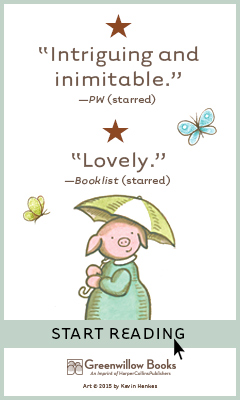
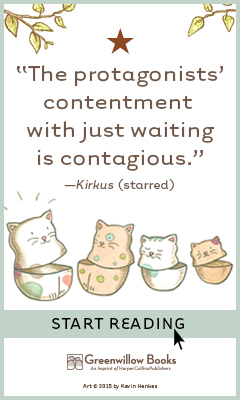
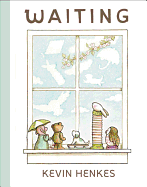


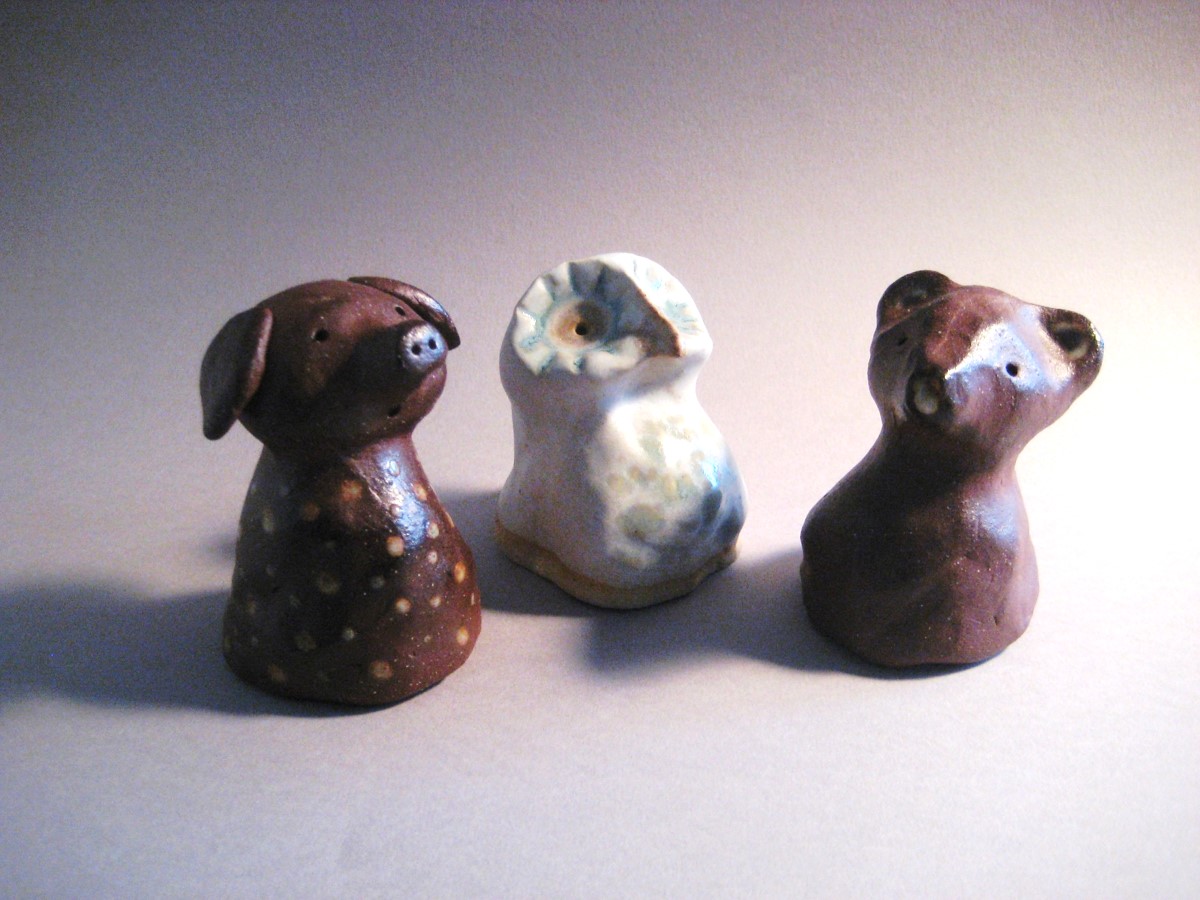
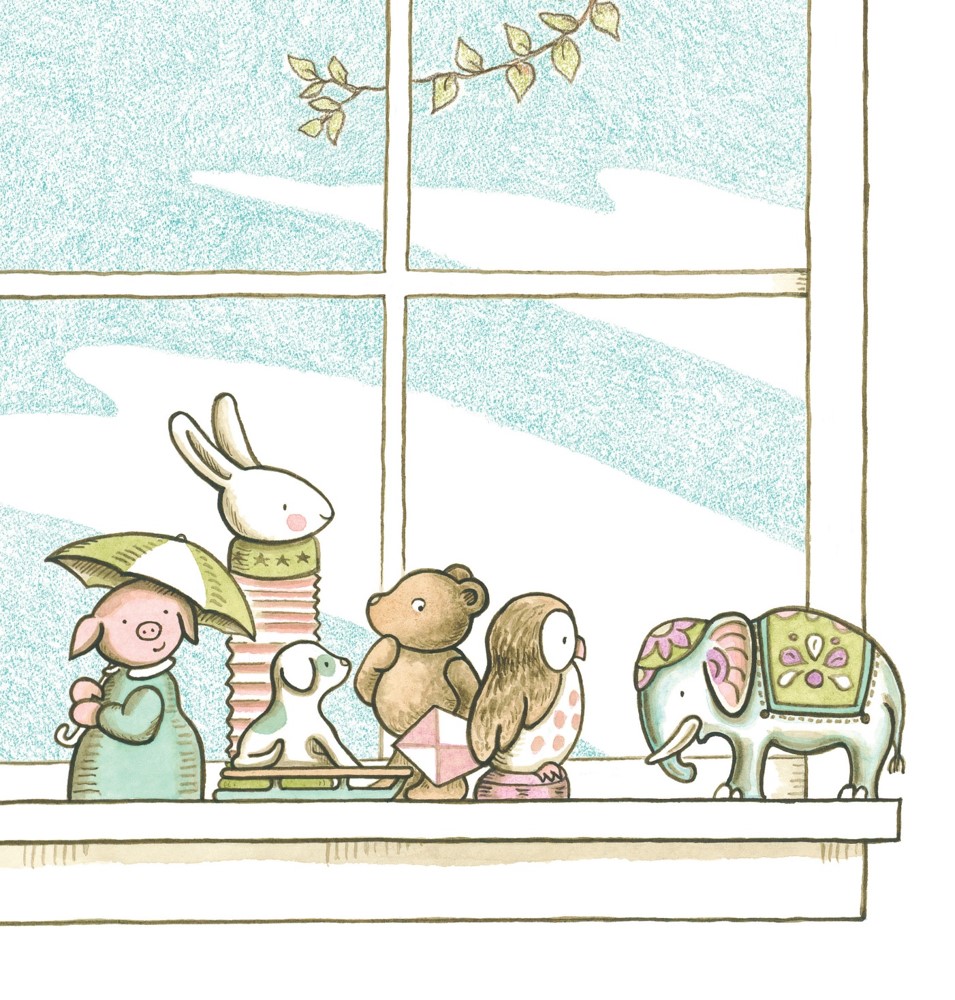 The owl waits for the moon, the pig for rain, and so on. Do you feel like you are waiting for something in particular?
The owl waits for the moon, the pig for rain, and so on. Do you feel like you are waiting for something in particular? 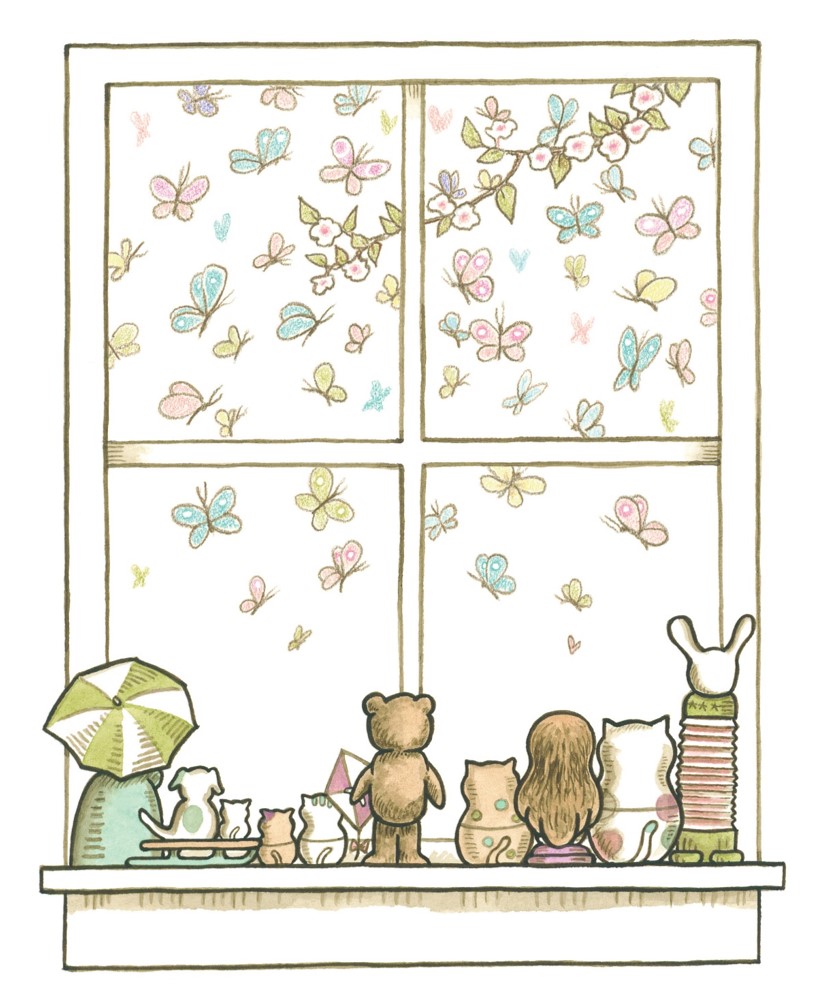 Do you stare out the window a lot?
Do you stare out the window a lot?